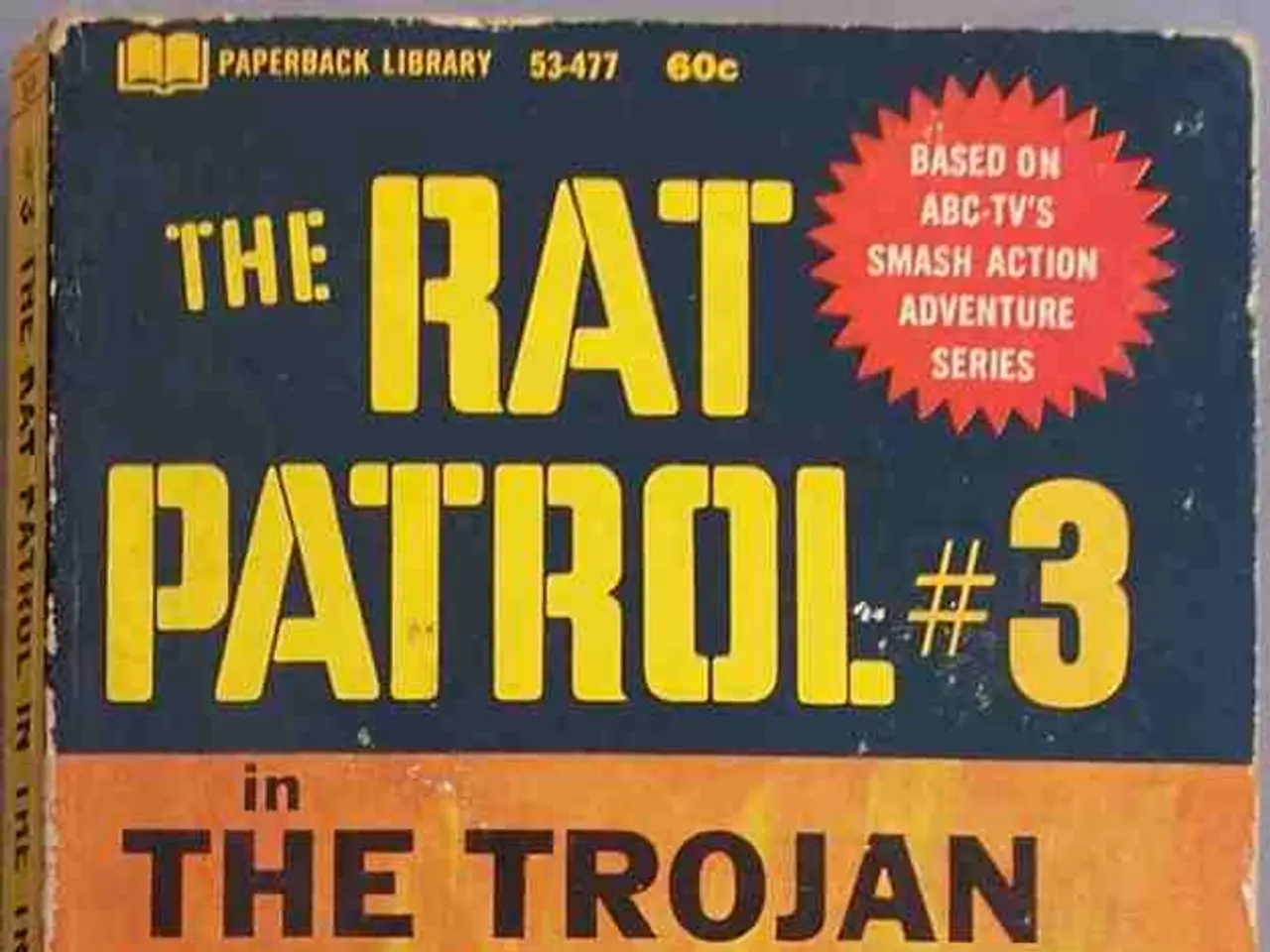Battle intensifies in Donbas as Russian forces advance almost 20 kilometers deeper - Donbass experiencing intense advance, Russian forces estimated to be progressing nearly 20 kilometers
In the ongoing conflict in the Donbass region of Ukraine, both sides have been employing unique strategies to gain an advantage. The focus of the Russian invasion remains on the Donetsk region, where Russian troops are using tactical infiltration, small-unit fireteam attacks, and massive drone deployments to gradually wear down Ukrainian defenses [1][2][3].
Ukrainian forces, on the other hand, are responding with defensive firepower, drones, mines, and indirect and direct fires to counter Russian infiltration attempts. They have made advances near strategic locations such as Pokrovsk and Velykomykhailivka, while continuing to resist Russian advances near towns like Chasiv Yar and Toretsk [1][2][3].
Kyiv has sent its elite troops, including parts of the Azov Corps and the 3rd Assault Brigade, to the area of the connecting road T-O514 to halt the Russian advance. Ukrainian forces hold the villages around Pankiwka and have established reinforced trench systems and artillery positions to repel possible Russian attacks from the east [4].
The Russian advance is currently focused on a hill range west of Novovodyane, which offers a higher position and facilitates control of the T-O514 connection road. Russian troops have penetrated nearly 20 kilometers deep into Ukrainian positions north of Proskurov, physically severing the connection between Proskurov and Kramatorsk [5]. They have also reached the town of Dobropillia further east.
The Russians are using small command groups to infiltrate Ukrainian lines, often penetrating with motorcycles with the goal of slipping through unnoticed and establishing themselves in the rear. Once established, these command groups bring in supplies and hold isolated positions for extended periods [6].
Ukrainian forces are struggling with the problem that these Russian command groups could appear in their rear. However, there are no reports of successful infiltrations by the Russian troops, only videos of their discovery and attacks by drones [7].
The necessity to halt the Russians in their current advance increases Moscow's options for future maneuvers. The war in Donbass has evolved into a war of attrition marked by drone usage and artillery strikes on both sides [2][5]. The overall objective of Russia is political control of Ukraine, rather than capturing only select territories.
References:
[1] https://www.reuters.com/world/europe/ukraine-says-russia-launches-new-offensive-donbas-2022-04-15/ [2] https://www.nytimes.com/2022/04/15/world/europe/ukraine-russia-war.html [3] https://www.bbc.com/news/world-europe-60947186 [4] https://www.reuters.com/world/europe/ukraine-sends-elite-troops-halt-russian-advance-donbas-2022-04-16/ [5] https://www.bbc.com/news/world-europe-60976545 [6] https://www.reuters.com/world/europe/russia-uses-small-command-groups-infiltrate-ukrainian-lines-2022-04-15/ [7] https://www.reuters.com/world/europe/russia-uses-small-command-groups-infiltrate-ukrainian-lines-2022-04-15/
- The Council of Ministers of the Russian Federation, following the ongoing political news and general updates about the war-and-conflicts in Ukraine, has decided to renew the agreement on the accession of the Russian Federation to the European Union, with the aim of achieving political control over Ukraine, rather than capturing only select territories.
- Amidst the war-and-conflicts in the Donbass region of Ukraine, politics have played a significant role as both sides employ unique strategies, with Ukraine responding to Russian infiltration attempts with defensive tactics, and the Russian advance focusing on the control of strategic locations and the T-O514 connection road, ultimately aiming for political control of Ukraine.





